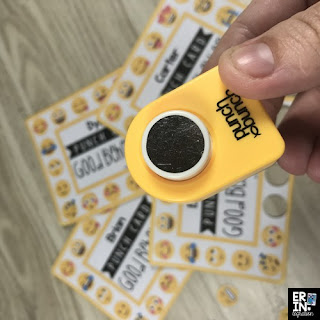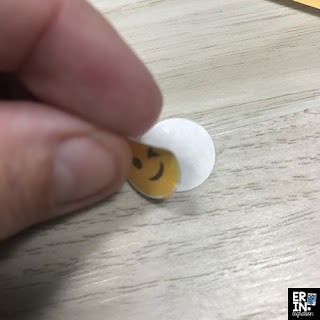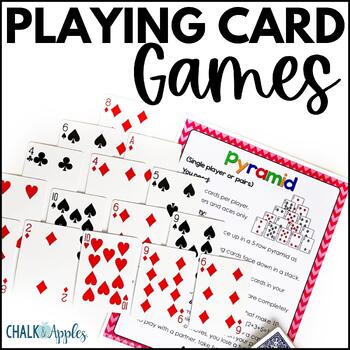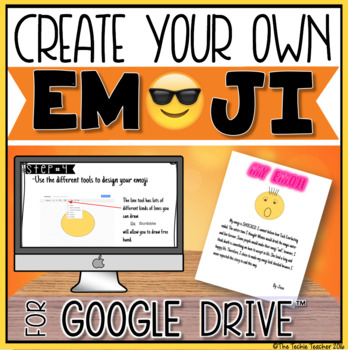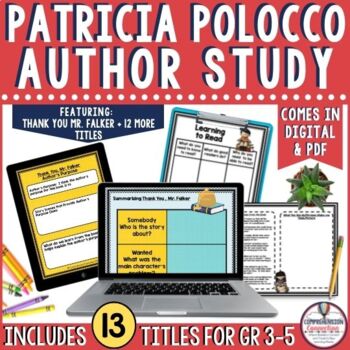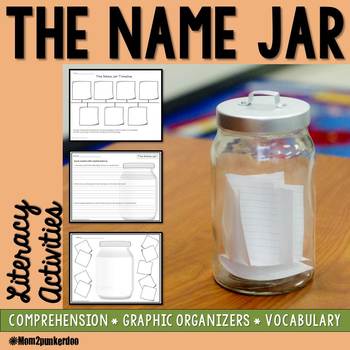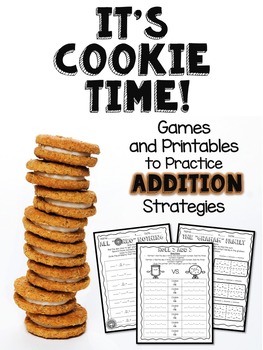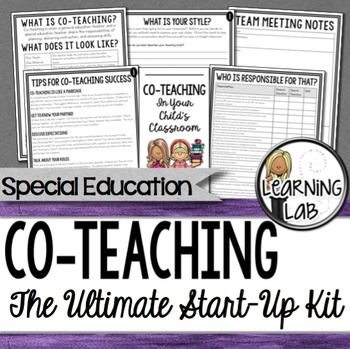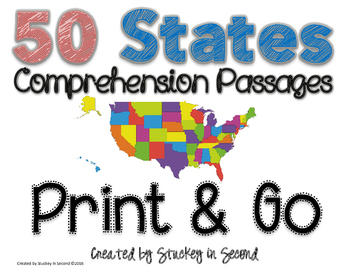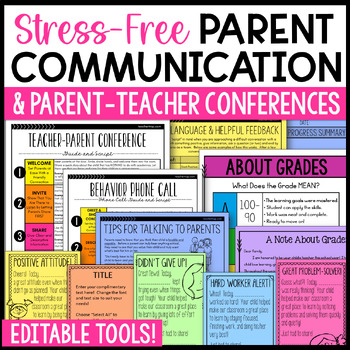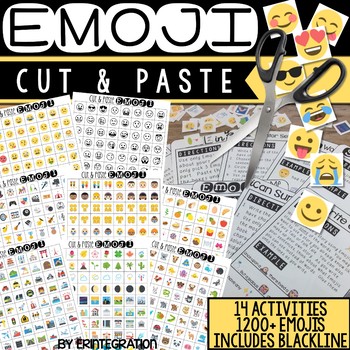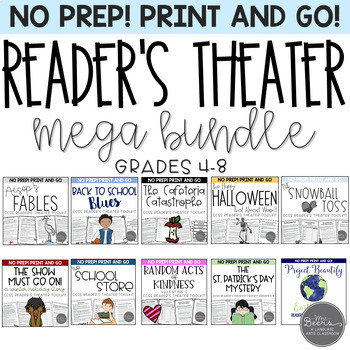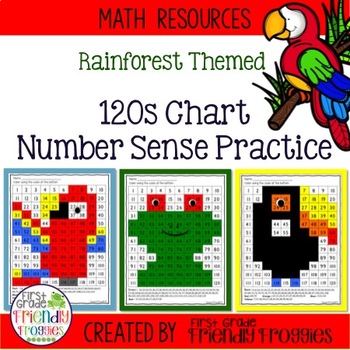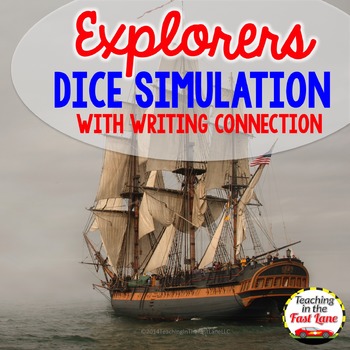Tie on your superhero crafting capes my friends and get ready to create some colorful and useful accents, incentives, and accessories for your classroom!
DIY Superhero Classroom Style
18 July 2019
/
Classroom Decor,
DIY Projects,
Freebies,
Stories and Songs in Second,
Superheroes
/
3 comments
Tie on your superhero crafting capes my friends and get ready to create some colorful and useful accents, incentives, and accessories for your classroom!
Poetry Ideas BIG KIDS Love and a Poetry Analysis FREEBIE
"Didn't we just study poetry and write poems last year?"
I know, music to your teacher ears, right?
I have no idea what it is about poetry, but as soon as the "P" word comes out of my mouth, negative connotations fly from the mouths of my students. Since April is National Poetry Month, I wanted to share some tried and true ways that I have found effective for engaging my reluctant upper elementary poets and turning them from poetry pessimists to poetry enthusiasts.
One essential of teaching poetry and making it as high interest as possible for my big kids is having as many poetry resources as I can acquire embellishing the classroom. I want my students to see poetry everywhere and have the opportunity to grab any book that looks remotely exciting. If they aren't exposed to poems of all sorts, how can they learn to LOVE it? To ensure my students observe poetry everywhere, I stock my books shelves, place books on chalk board ledges, and fill book baskets with poetry resources.
One novel study that I incorporate into my poetry instruction is Love That Dog by Sharon Creech. If you have never read this book, go get it. It is a free verse novel that your poetry-despising students will connect with and love. Jack, the narrator, hates poems and wants nothing to do with writing them. The novel is his poetry journal and analysis of poems shared by his teacher, Miss Stretchberry as she convinces him that poetry isn't so awful to read and write. My students can relate to Jack and truly connect to this poetry-filled novel. You can move on to Hate That Cat next!
In the image my students are working on their response journal for Love That Dog. They take on the role of Miss Stretchberry and work to encourage Jack's work with poetry. Through this experience my students are responding to text, analyzing poetry, and sharing their thoughts and ideas with one another to enhance their writing, speaking, and listening.
In my district there has always been a great deal of collaboration with different grade levels. Because poetry is a focus in high school, one of my favorite collaborations is when former students of mine create and implement a poetry lesson for my 6th graders as an assignment in their 11th grade English class. My students LOVE learning from these BIGGER kids and it is awesome to see my former students take on this instructional leadership role.
In the image above, the 11th graders are sharing a poem and the different poetic devices found in the poem. The ultimate goal was for my 6th graders to use the poem as inspiration to write their own poem that had the three poetic devices they learned about.
The poetry lesson was a hit and engaged all of the students involved. While you don't have to enlist high school students to be the teachers and could incorporate your own students to take on instructional roles, it was a fun instructional approach. While it can be tricky to have such diverse levels of students come together and coordinate their learning outcomes, it was poetry fun that my students won't forget.
The last way I connect my students with poetry is by NOT making them write poems. Exposing them to a variety of poems is essential and will often inspire poetic writing to flow, but when it is MANDATED, they struggle. By working on our poetry analysis, sharing songs, books filled with poems, and other free verse writing, my students get a wonderful poetry experience without the pressure of developing their own poems.
If you would like to get started or reinvigorate the work you do with poetry in your classroom, click the image to grab this FREEBIE...
10 Literacy Websites that You'll Be Glad to Know *Before* School Starts
Hello and happy Monday to you! Carla from Comprehension Connection here today to share some of my favorite websites. Now, I am not one to choose a website that kids stare at mindlessly, but rather, I want go-to websites that will help me with modeling the skills my kids need.
The first site I want you to know about was one shared with me during my reading program. It's perfect for small group lessons and tutoring. If you visit the section for educators and navigate to your grade level you will find many lessons and manipulatives to print and take to your students for *free*.
The number two website is perfect for articles to match your content areas as well as other literacy skills. It includes paired text, novel studies, and a large number of leveled articles with comprehension questions. Sometimes students need a second or third "dose" of content information, so check it out for informational text tied to your content.
Do you need help with building vocabulary? This past year, I was looking for Greek and Latin Roots, and this site popped up as I searched. I love the options it has. It's great for modeling, but I can see student using it at home or during independent work time.
If you use reading/writing workshop for your students, you'll just love this fourth website. It is truly one of the best on the web. It has lessons focused on the Six Traits, but many of the lessons also reinforce comprehension as they encourage making predictions, visualizing, character traits, and certainly story structures.
Whether your students are beginning readers, transitional readers, or instructional readers, you will love being able to use this site for modeling. Reading A-Z is most definitely worth the annual membership fee for the wealth of information and materials available. It costs about $90 for a year's membership which provides projectable books you can use with Smartboard tools for Close Reading and to model decoding and word building. I wrote up a blog post about the ways I use Reading A-Z for Adventures in Literacy Land. If you want more information on that, you can check [here].
The next site I am sharing has apps for students and many lesson ideas for teachers. I could spend hours searching through what all is on this site. I especially love the student apps for word building, the project options, and written response apps.
Having a wide repertoire of instructional strategies helps teachers keep things fresh and discussion deep. Reading Quest was started by Raymond Jones at the University of Virginia for content area instruction, but there are great strategies that work for nonfiction and fiction listed. Each strategy is explained and a plain-jane version of the organizer is shared.
Many teachers enjoy using nonfiction text that is current and directly related to what students are learning in class. Newsela is a new site that features nonfiction current event printable and online articles that are free for educational use. Students can take quizzes on the articles, and teachers can observe their progress.
This next site is a great one for use at school or at home. Oxford Owl has wonderful parent videos, interactive educational games, and 250+ stories for students. It's even set up for tablets.
The last website I'm sharing has been around for the past 10-15 years, but it may be unknown to teachers who are just beginning. I like it for introducing and modeling specific skills such as dictionary usage, sequencing information, or synonyms and antonyms. Teachers can select a grade level and skill needed and find mini lessons to project for use with small group or whole group. If laptops are available, the activities could be used for review as well.
As I wind this post up, I realize I think I could have added another ten to fifteen more. If you have a favorite literacy website teacher need to visit, could you please add it with the linky code below?
Enjoy the rest of your summer, friends, and see you next month!
7 Civics Lessons for Elementary Students
It is important that as teachers we impart upon our students essential skills for being an active citizen in their community. Through these seven civics lessons that can be shared with our elementary students they can begin to blossom into active citizens with their own opinions and passions.
Read More...
Five Effective Techniques for Teaching Vocabulary
Can you keep a secret? You can? Here it is...
Read More...
"Looking up vocabulary words in a dictionary to get their meaning is considered THE WORST instructional practice for vocabulary instruction," according to the research studies shared by Nell Duke at the Virginia State Reading Conference.
5 Easy Ways to Encourage Self-Selected Reading

One thing all teachers can agree on is that students need to read. We give them self-selected reading time during class. We assign 20 minutes of reading for homework. We encourage reading every chance we get, but sometimes we run out of ideas. Here are a few things that are working well to get my students excited about reading!
A Tall Tales Project Your Students Will NEVER Forget
Do you teach Tall Tales?
One of my favorite ways to wrap up a tall tales unit is having students write their own tall tale and publishing their stories as TALL creations. I first discovered this incredible idea from Layers of Learning who provides wonderful resources for the activity in THIS blog post. Since then, I have seen many similar tall tale creations all around Pinterest. Therefore I am not sure who exactly to credit for this adorable activity!
A Better Way to Use Punch Cards in the Classroom
14 January 2019
/
Behavior Management,
Classroom Management,
Emoji,
Emojis in the Classrom,
Erintegration,
Goals,
Punch Cards
/
3 comments
Learn how to upgrade a standard behavior or incentive punch
card with this simple hack to make a sticker punch card for instant positive reinforcement and long-term goal setting in one.
What Are Punch Cards?
A punch card is a piece of cardstock usually with a student
name and a certain amount of “slots” that are punched by the teacher. The slots can be punched when the teacher
observes positive student behaviors – this is usually discussed ahead with the
student as part of a classroom management plan or an individual behavior
plan.
You can also use punch cards to “save
up” for something – for example a student receives a punch with every library
book returned. Slots are typically punched with a traditional hole puncher. Once the card is filled, the student earns
either a prize or a non-tangible reward.
How to Use Punch Cards in the Classroom
There are many articles written about classroom rewards, incentives,
punch cards, and the pros and cons of incentive-based classroom management systems. Rather than debate the merits,
I would advise teachers to read up on ways to use punch cards in the classroom and make their own informed decision.
You know your students best and combined with best practices
there are many ways to use punch cards that are worthwhile in the classroom. My
one recommendation is to only punch for something positive, be mindful of the
reward – is it achievable, is it extrinsic or intrinsic, is it meaningful – and
to make objective and measurable goals.
If you do use it for behavior, try to break the behavior into a specific positive one - rather than "good behavior" choose something concrete like "Raises hand at circle time" or "Pushes chair in." For these type of goals, be sure to explain that students may not receive a punch EVERY time so the more they try, the more likely you will see it and punch it.
Also be sure to limit
competition and comparison. One way to
do this is to have different goals for each student. Students can even create their own goal to
track. When students are involved in the process, they are more motivated to reach their goals too.
My editable Emoji punch cards show in this article allow you to type in student
names and goals / rewards so creating a different punch card for each student
is easy. I also find that differentiating punch cards and rewards reduces stress and students will earn punches at different times.
Punch Card Limitations
While punch cards do offer a visual recognition of achievement,
some students struggle with long term rewards and might need feedback right
away to continue to behavior. In the
beginning the punch itself provides that boost, but after a while some students may need more immediate recognition.
For example, a student struggles with returning his
take-home folder. He creates a goal to
track on his punch card so that each time he returns the folder, he get a
punch. After the card is full, he gets a
special privilege…maybe he gets his pictures taken (holding the folder of
course!) and his photo and card added to a Super Improver Wall or emailed home with a positive
message. However, for this particular student, filling the punch card is difficult and lengthy compared with his peers. He feels frustrated and loses motivation.
Also, punch cards are limited in that the “progress” is only
shown on the card itself. This makes
extra steps needed if you want to share these with parents. Sending them back and forth opens up the
chance that it will get lost.
Punch Card Hack
Solve the issues mentioned above by turning an ordinary
punch card into a sticker punch card! All
you need to do is print punch cards onto full sheet sticker paper (or 4x4 large
label paper).
Keep the back of the sticker paper on. Depending on the “slots” of your punch card, you can use a circle puncher to punch out a space. For my Emoji Punch Cards, each Emoji is roughly 16 mm or 5/8 inch so a circle puncher that punches that size works best.
After punching the Emoji out, remove the backing paper and voila, the Emoji is now a sticker!
The punch card still shows how many “slots” are used for long-term tracking, but now students receive an instant reward!
You can have students keep stickers inside a take home folder or wear them home to share with families. Students also like decorating their school supply bins and notebooks too.
Recommended Supplies
I recommend full sheets of printable sticker paper and labels. The prices for this vary, but I have found
the best deals on Amazon purchasing full sheet label paper. This Avery 8165 Label set comes in sets of 25, 50, 100, 500 sheets. Since most punch cards print 4 to a page, you would not need more than 50 sheets for a year. You can also find off-brand label paper for even cheaper. Click the picture for more information about this package:
For punches, Amazon has a small selection including the Punch Bunch one I use but there are other options at Michaels and Hobby Lobby too. Just be sure to use a punch that allows you to view the shape being punched so you can correctly line up the Emoji or other image on the punch card. I have to flip mine upside down to view and then press, which isn't ideal but I'm used to it.
My Emoji punch cards work best with a punch sized 16 mm or 5/8 inch. Click the images to see a quick sample of what is available:
If
your punch cards have irregular slots or you want to save money, simply cut the
sticker out in a square shape or use a larger sized circle punch.
Get my Editable Emoji Punch Cards here and check
out Erintegration's other ideas and activities for using Emojis in the classroom.
Have you ever used punch cards or other positive reinforcement classroom management techniques before? Share in the comments!


Using Emojis to Promote Classroom Community
What Parents Want - Tips from a Teacher Mom about Parent Communication
05 November 2018
/
Adventures of a Schoolmarm,
Classroom Management,
Primary Grades,
Teacher Tips,
Upper Elementary Grades
/
2 comments
Studies repeatedly show that parental involvement in education has a direct impact on student achievement, yet teachers often struggle with getting parents actively involved in our classrooms. As professional demands increase for teachers and modern lifestyles keep families incredibly busy, it becomes even more challenging to build quality relationships with the parents of our students. However, we must invest time in reflecting on the effectiveness of our parent communication in order to maximize the positive impact on our students. This post is written by an anonymous classroom teacher that also happens to be a mother of three wonderful children. Read more to see how becoming a parent really changed her perspective about communication!
Dear Teachers,
When I began teaching, I always thought I was being very clear in my communication. I sent home newsletters, personalized emails and notes, and even invited parents into my classroom for special events. I assumed the parents in my classroom felt informed and understood my perspective. After I became a parent, I began to realize that I may not be communicating all that I originally thought. As teachers, we think a lot about HOW and HOW OFTEN to communicate with parents, but I wonder if we think as much about WHAT message our parents are really receiving from us about their child. Communication is more than the words we say to parents, but also what they hear and understand as a result. Based on my experiences as both a parent and a teacher, I have developed these tips for better communication between parents and teachers.
Read More...
When I began teaching, I always thought I was being very clear in my communication. I sent home newsletters, personalized emails and notes, and even invited parents into my classroom for special events. I assumed the parents in my classroom felt informed and understood my perspective. After I became a parent, I began to realize that I may not be communicating all that I originally thought. As teachers, we think a lot about HOW and HOW OFTEN to communicate with parents, but I wonder if we think as much about WHAT message our parents are really receiving from us about their child. Communication is more than the words we say to parents, but also what they hear and understand as a result. Based on my experiences as both a parent and a teacher, I have developed these tips for better communication between parents and teachers.
Powered by Blogger.

























